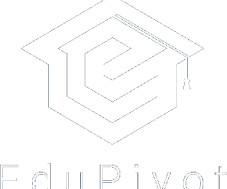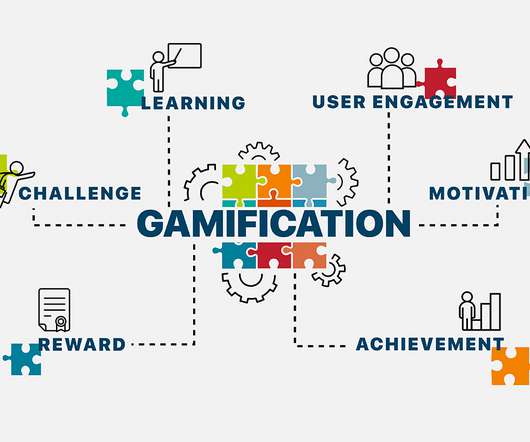The Science of Learning Objectives – Part 5
CommLab India
NOVEMBER 6, 2016
Welcome to the sixth post in the series of blogs on learning objectives. In my previous blogs, Learning Objectives – What They Are and Why You Need Them and The Science of Learning Objectives – 1, 2, 3 , and 4 , we have seen what learning objectives are and why they are important.




































Let's personalize your content